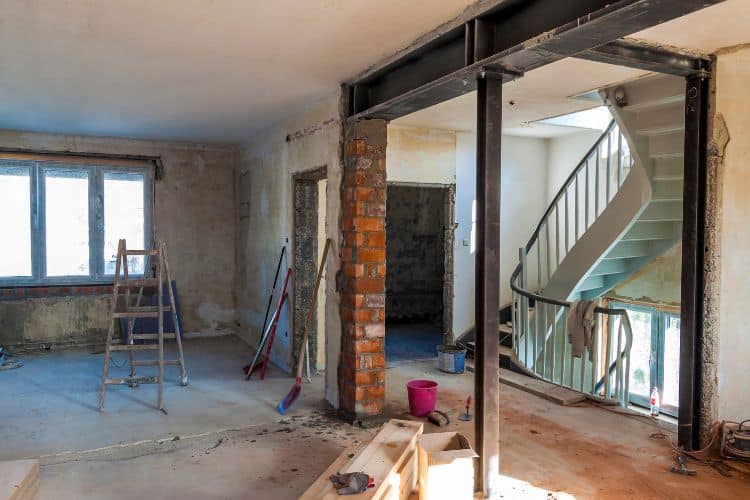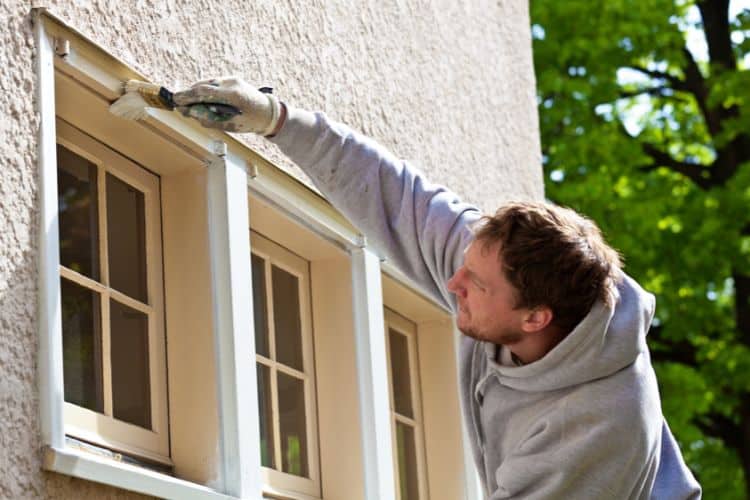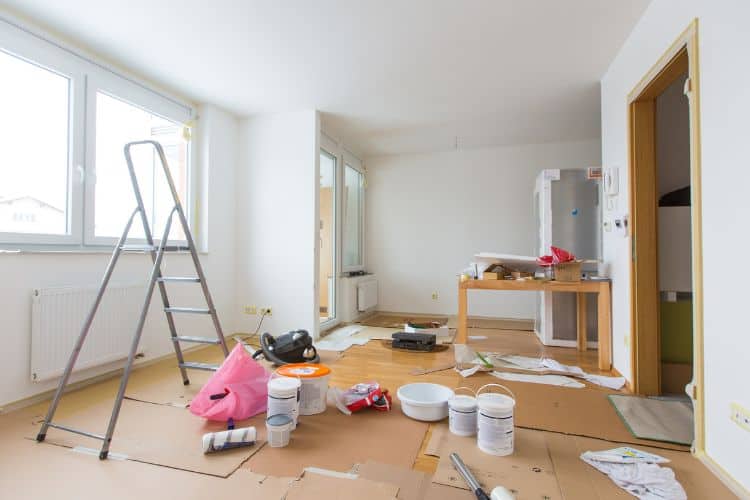Ever wondered about the tax implications of renovating your investment property?
It’s a common concern among property investors—how do renovations impact your tax return, and what expenses can you actually claim?
At Rent360 Gold Coast, we’ve got your back. In this article, we’ll unravel the intricacies of claiming renovations on your investment property.
From understanding capital works deductions to navigating the maze of initial repairs, we’re here to provide clarity and ensure you make informed financial decisions.
Is it Possible to Claim Renovations on Investment Property?
Lots of property owners and landlords think about this question (and whether they should provide internet to renters).
Here’s the thing: you can’t immediately use renovations on your investment properties to lower your taxes.
Good news, though! We’ve got a trick: it’s called capital works deductions.
Instead of getting all the benefits at once, you can spread them out over a few years. The Australian Taxation Office (ATO) is on board, letting you claim not just for the building itself but also for things like appliances and furniture inside.
So, while you can’t speed-claim renovations on your rental place, there’s a steady way to make your money work smarter without the rush.
How to Claim Renovations on Investment Property
The burning question remains—how do you claim renovations on your property and make them work in your favour come tax time?
To embark on the journey of claiming your property renovations, the first crucial step is to consider capital works deductions. It’s not as daunting as it may seem. Here’s your roadmap:
1. Consult a Quantity Surveyor
To kick start the process, enlist the expertise of a Quantity Surveyor.
They play a pivotal role in preparing a tax depreciation schedule, a comprehensive report outlining the taxable deductions for wear and tear on your property and its assets.
If you already have a depreciation report, a simple update can accommodate your recent renovations. And if you don’t know what that is – read ahead!
2. Keep Detailed Records
Efficient record-keeping is your ally. Maintain a detailed account of capital expenditure and construction costs, including invoices, receipts, and any related contracts or agreements. The more comprehensive your records, the smoother the claiming process.
3. Backdate Your Depreciation Claim
If you’ve recently discovered the perks of claiming depreciation and completed renovations a while back, fear not. Your Quantity Surveyor can inspect the property, estimate costs, and help you backdate your depreciation claim. It’s never too late to reap the benefits.
4. Substantial Renovations Consideration

When renovations go beyond a mere touch-up, consider filing for substantial renovations. This involves significant changes, such as removing or replacing foundations, walls, floors, or even the kitchen.
If your renovations fall under this category, the property is treated as new residential premises, opening avenues for substantial deductions.
5. Replacement of Depreciating Assets
If your renovations include replacing depreciating assets, such as carpets or appliances, these costs are deductible. Ensure that any new assets acquired for rental income are accounted for in your claim.
What is a Depreciation Claim?
Notice how things like appliances and furniture lose value over time? It’s called depreciation—natural wear and tear.
Rental property depreciation comes in two types: capital works (building structure) and plant and equipment (items inside). Different rates apply, depending on the item’s effective life.
Now, let’s talk renovations: When you upgrade your property, you’re not just enhancing its look, but also your depreciation claim.
The improvements extend your property’s depreciation timeline. Even if your place is on the older side, you get an extra 40 years of capital works deductions.
Recent legislation puts limits on depreciation for existing residential properties. However, if your renovations involve replacing fixtures and fittings, like getting new floors or appliances, you can maximise plant and equipment depreciation.
It’s a smart strategy to make the most of your tax savings and get the best return on your property upgrades.
What is a Tax Depreciation Schedule? Do You Need One?
A tax depreciation schedule breaks down depreciation into two key categories—capital works and plant and equipment. This clear breakdown ensures you understand the deductions you can claim throughout your asset’s life.
Even during renovations, if you remove assets, they’re seamlessly included for additional benefits.
You then submit the schedule with your annual tax return, similar to other legitimate expenses like legal fees or advertising costs. It’s an upfront expense that pays off by reducing your tax liabilities over time.
Lasting up to 40 years, this schedule evolves with your property, updating as changes occur. Its purpose?
To help property owners pay less tax by providing a transparent breakdown of yearly claimable amounts. It’s your tool for informed financial decisions, compliance with tax regulations, and ultimately, maximising your property investments.
Repairs vs Maintenance vs Improvements: How to Claim Each
As a property owner, you should be able to distinguish repairs, maintenance, and improvements for your annual tax returns.
Repairs
Repairs address wear and tear or damage directly linked to renting out your property. Claimable in the year incurred, they include fixing broken windows, storm-damaged gutters, or a fence hit by a tree branch.
However, if it’s about initial defects, like those present when you acquired the property, immediate deduction isn’t applicable.
Maintenance

Maintenance is preventive work to keep your property in good shape. Think repainting faded walls, oiling a deck, or plumbing upkeep. While immediate deduction applies, unrelated maintenance costs must be claimed over several years.
Improvements
Improvements enhance property value or extend its income-producing ability. Remodelling a bathroom or adding a pergola falls into this category.
Unlike repairs, improvements require a different approach, claimed as capital works deductions over time.
Do Renovations on Investment Property Impact Capital Gains Tax?
Renovations on an investment property, if categorised as capital improvements, directly impact Capital Gains Tax (CGT) by elevating the property’s cost base.
The adjusted cost base, factoring in the original purchase price, acquisition costs, and capital improvement expenses, is crucial in CGT calculations.
That’s because property investors can potentially reduce CGT liability by documenting and increasing the cost basis through capital improvements.
Maintaining accurate records is vital for CGT calculations and ATO compliance as well.
Summary
When claiming renovations on an investment property, here’s what to remember:
Repairs get immediate deductions, maintenance needs yearly claims, and capital improvements affect Capital Gains Tax by boosting the property’s cost base.
To optimise deductions, a tax depreciation schedule is vital. Whether it’s fixing, maintaining, or improving, keeping good records and seeking pro advice is key for tax efficiency.

